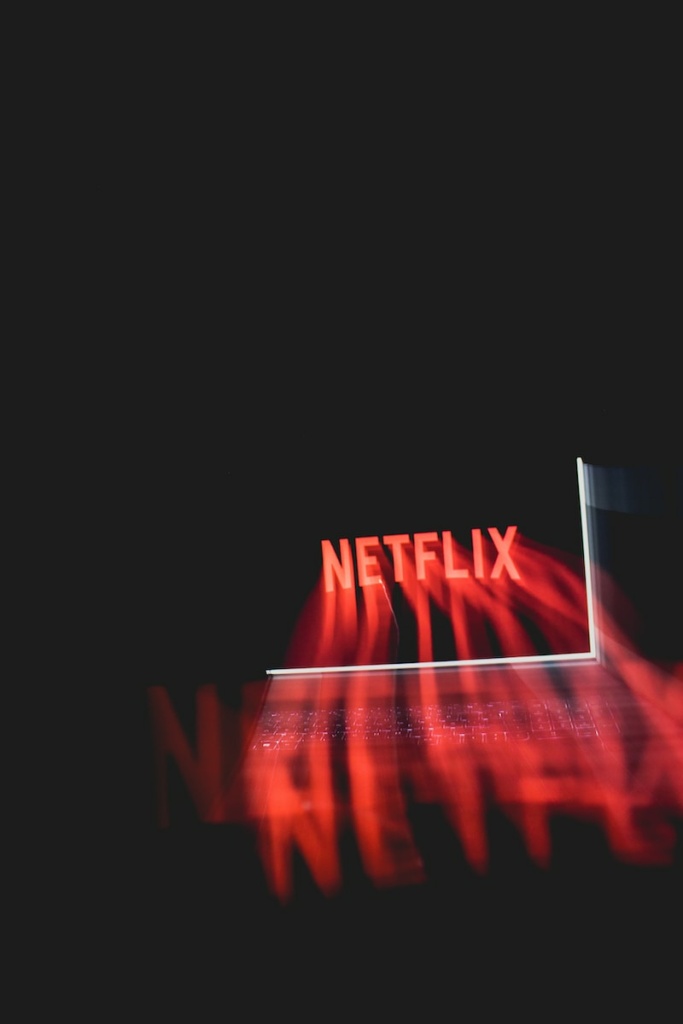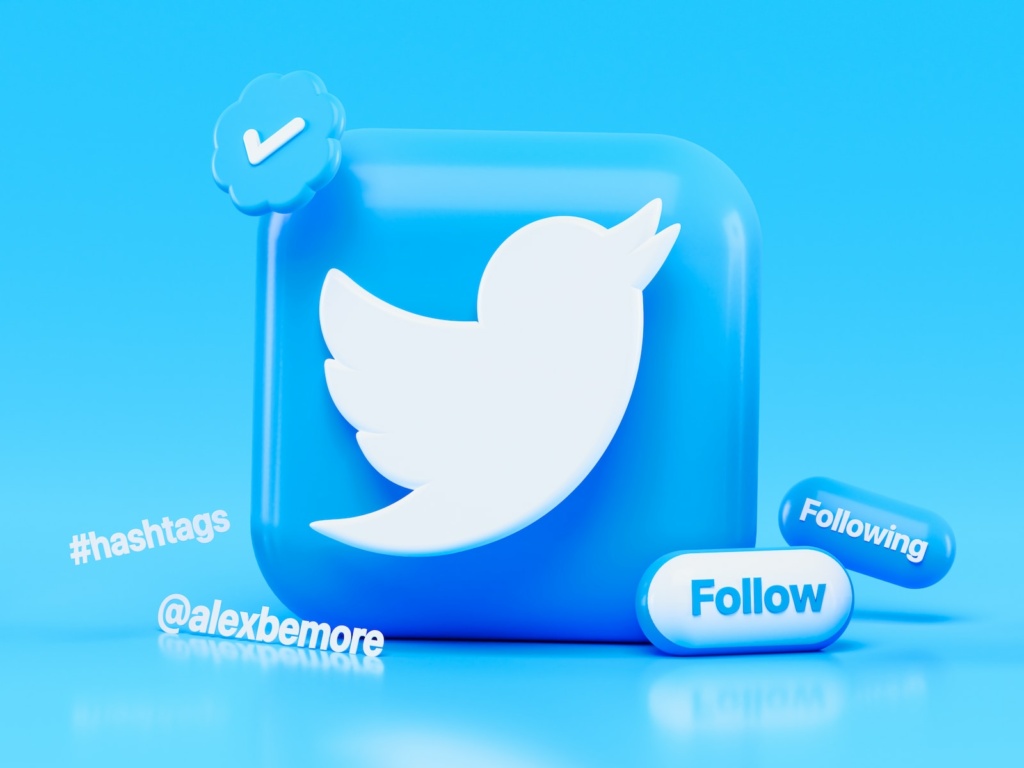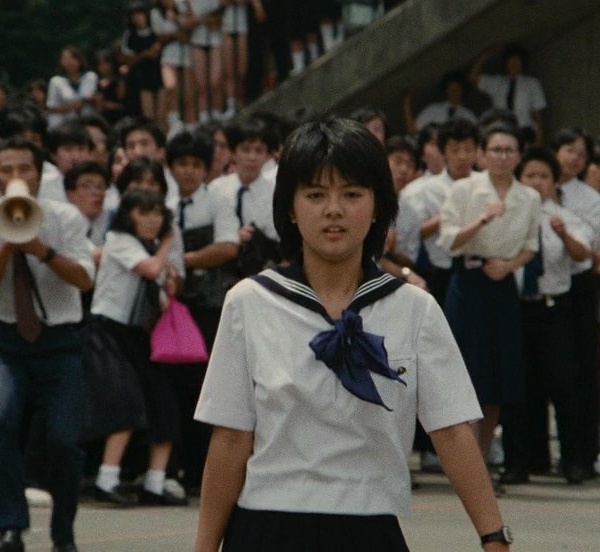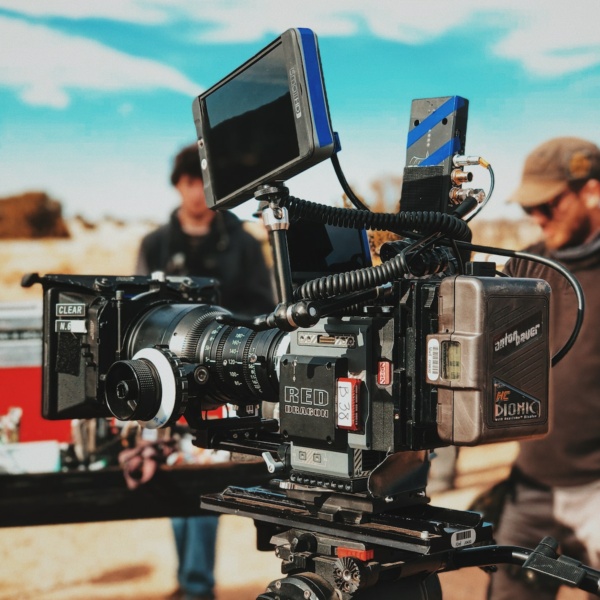
By Emma,
Greetings, fellow movie buffs! If there’s one thing that’s as old as the movies themselves, it’s the art of film criticism. While it’s true that everyone’s a critic these days thanks to the internet (I mean, who hasn’t shared a hot take on their favorite movie?), film criticism has a rich history that predates the era of YouTube rants and Twitter threads. So, let’s hop into our cinematic time machine and explore the fascinating evolution of film criticism from the early days of print to the digital age. Buckle up, folks, because this is going to be a celluloid-infused journey through time!
Print Era: Birth of the Film Review
Our story begins in the early 20th century, a time when silent films flickered on silver screens and the word “tweet” still referred to the sound of a bird. It was during this era that film criticism first found its voice in print publications. Magazines and newspapers would feature film reviews written by critics who assessed the latest cinematic offerings. These reviews were often the primary source of information for moviegoers trying to decide which flick to catch at their local theater.
One of the early pioneers of film criticism was Hugo Münsterberg, a psychologist who penned essays on the psychological effects of film. Imagine reviewing “The Birth of a Nation” and diving into its impact on the human psyche! However, it was Pauline Kael, writing for The New Yorker in the 1960s and 1970s, who made waves with her bold and often controversial reviews. She didn’t just critique movies; she dissected them, and her words had the power to make or break a film’s reputation.
Golden Age of Film Criticism: Critics as Celebrities

The mid-20th century saw the rise of film critics as bona fide celebrities. Names like Roger Ebert, Gene Siskel, and Pauline Kael became household names. These critics weren’t just reviewers; they were influencers with the power to sway public opinion and influence box office numbers.
Roger Ebert, in particular, deserves a special mention. His long-running television show, “Siskel & Ebert,” featured spirited debates between him and his colleague Gene Siskel. Thumbs up or thumbs down, these critics knew how to make their opinions count. Ebert’s written reviews were equally influential, and his Pulitzer Prize for Criticism in 1975 cemented his status as a film critic for the ages.
The Digital Revolution: Everyone’s a Critic

Fast forward to the late 20th century, and the world was on the brink of a digital revolution. With the advent of the internet, film criticism underwent a seismic shift. Suddenly, everyone with an opinion and a keyboard could become a film critic. Blogs, forums, and eventually social media platforms gave birth to a new breed of cinephiles who shared their thoughts with the world.
The rise of Rotten Tomatoes and IMDb allowed audiences to access reviews and ratings from both professional critics and everyday viewers. This democratization of film criticism was a double-edged sword. On one hand, it gave voice to diverse perspectives and allowed for niche opinions to gain recognition. On the other hand, it led to a proliferation of hot takes and snarky one-liners that sometimes overshadowed thoughtful analysis.
The Age of the YouTube Reviewer: Visual Criticism

As we entered the 21st century, a new form of film criticism emerged—one that combined the power of visual storytelling with the passion of fandom. YouTube became the platform of choice for video essayists and reviewers. Channels like “Every Frame a Painting” and “Nerdwriter1” dissected the nuances of filmmaking, while others like “RedLetterMedia” provided irreverent and hilarious takedowns of Hollywood flops.
These YouTube reviewers brought a new level of accessibility to film criticism. Their videos offered a blend of education and entertainment, making complex concepts in filmmaking understandable to the masses. Suddenly, you didn’t need a degree in film studies to appreciate the intricacies of cinematography, editing, and storytelling.
The Social Media Era: Tweets and Threads

In the digital age, film criticism has taken on a more immediate and fragmented form. Twitter threads and concise tweets have become the go-to medium for expressing quick thoughts on newly released films. Critics, journalists, and audiences alike take to social media platforms to share their hot takes, reactions, and memes within moments of leaving the theater. In this era of instant gratification, a movie’s fate can be sealed by the trending hashtags it generates.
However, the brevity of social media can also lead to oversimplification and a lack of nuance in film discourse. A film’s merits and flaws can be reduced to pithy soundbites, and meaningful analysis can sometimes be overshadowed by the quest for viral status.
The Future of Film Criticism: A Blend of Old and New
As we step back into the present, it’s clear that film criticism has come a long way from its humble beginnings in print publications. The digital age has brought both opportunities and challenges. While anyone can be a film critic today, the value of experienced, knowledgeable voices in the industry remains undeniable.
Film criticism has evolved from the era of newspaper reviews to the YouTube video essay and the Twitter thread, and its future will likely be a blend of old and new. The challenge for both professional critics and casual enthusiasts is to find a balance between immediacy and depth, between snappy hot takes and thoughtful analysis.
So, dear readers, whether you’re a seasoned film critic or just someone with a smartphone and an opinion, remember that film criticism has a rich and varied history. It’s an ever-evolving art form that reflects the changing landscape of cinema and the ways we engage with it. And as for me, I’ll continue to share my musings on movies, one blog post at a time, in this ever-evolving world of cinematic discourse. Here’s to the next reel of film criticism—may it be as entertaining and enlightening as the last!


